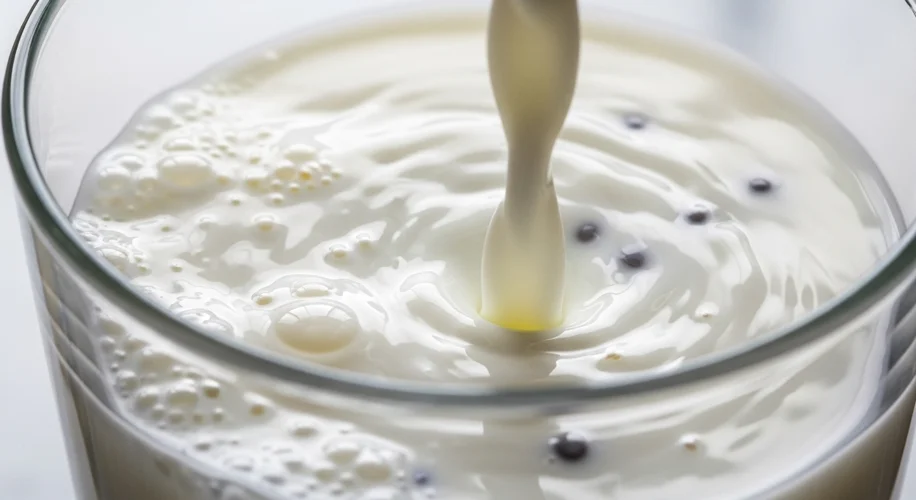As a scientist, I’m naturally drawn to understanding how things work, especially when it comes to public health. An outbreak of Salmonella Typhimurium infections linked to commercially distributed raw milk recently caught my attention. It’s a stark reminder that sometimes, the simplest foods can carry hidden risks.
So, what exactly is raw milk? It’s milk that hasn’t been pasteurized. Pasteurization is a process where milk is heated to a specific temperature for a set period to kill harmful bacteria like Salmonella, E. coli, and Listeria. It’s a food safety step that’s been crucial in preventing many foodborne illnesses for over a century.
The Salmonella Typhimurium outbreak serves as a compelling case study. Salmonella is a bacterium that commonly causes food poisoning. Symptoms can include diarrhea, fever, and abdominal cramps. In most healthy people, these symptoms resolve within a few days. However, for young children, the elderly, pregnant women, and individuals with weakened immune systems, Salmonella infections can be severe and even life-threatening, potentially leading to complications like dehydration or bloodstream infections.
When raw milk is involved, the risk increases because there’s no pasteurization step to eliminate these potentially present pathogens. The bacteria can come from various sources, including the cow’s udder, animal feces, or unsanitary milking equipment. Even if a farm appears clean and the animals seem healthy, bacteria can still be present.
This situation highlights the importance of understanding the science behind our food. While the idea of consuming milk in its most natural state might appeal to some, the potential for contamination with dangerous microorganisms is a significant concern. Public health agencies work diligently to monitor and investigate such outbreaks, providing vital information to protect consumers. They often recommend that everyone, especially those in vulnerable groups, should avoid consuming raw milk and opt for pasteurized products instead.
It’s a good lesson in how scientific processes, like pasteurization, are developed and implemented to protect our well-being. Sometimes, a little science makes a big difference in keeping our food safe.

